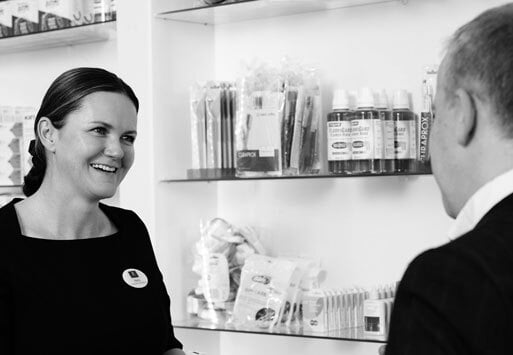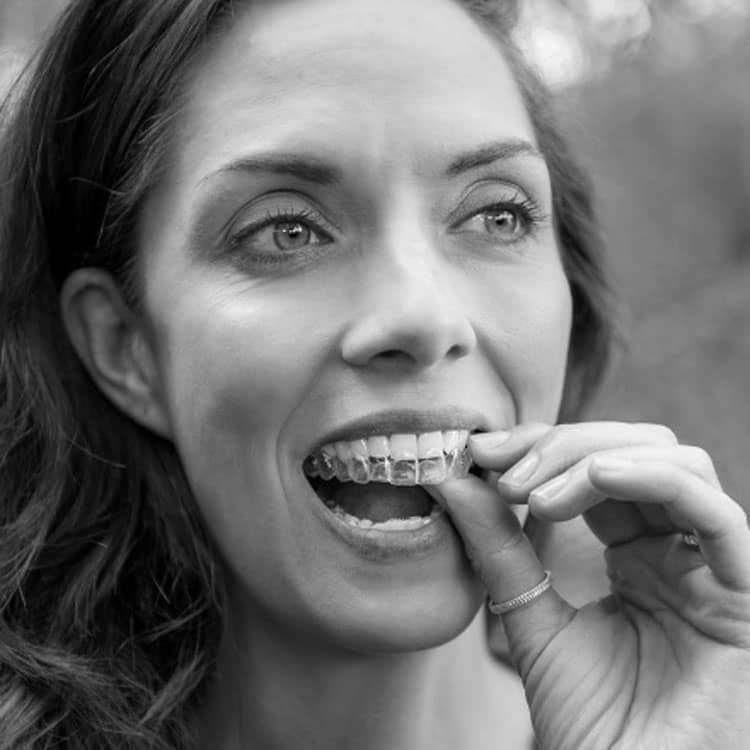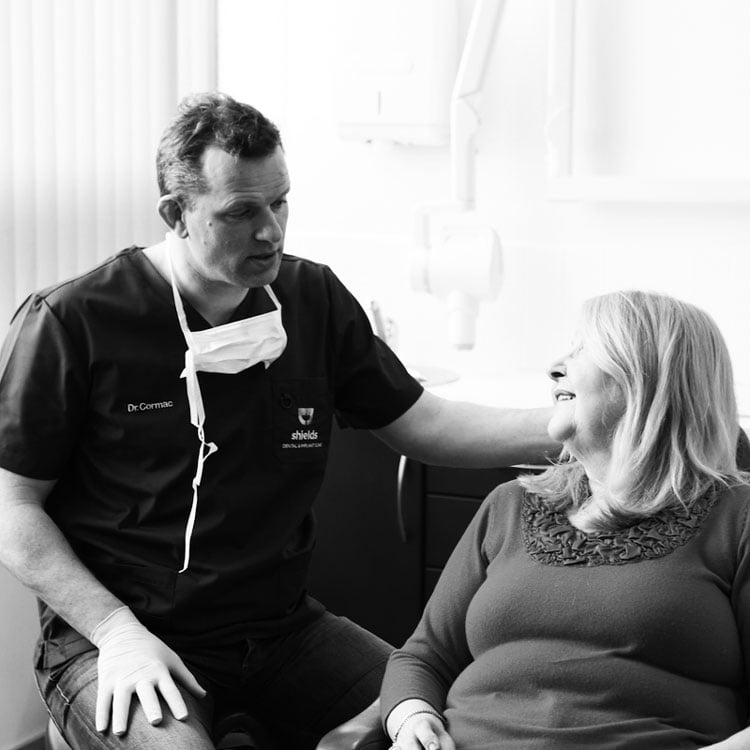When a tooth is worth restoring
but too far gone for a normal filling,
an onlay is an attractive and
long-lasting solution.
An onlay is ideal when the tooth is too damaged or decayed for a normal filling, but not extensive enough for a Crown. It may be somewhere in the middle but it’s definitely not a compromise.
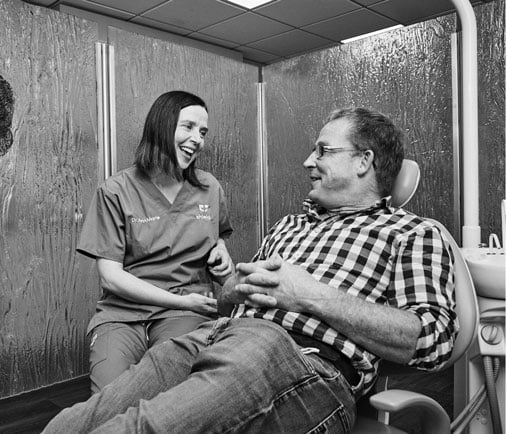
What is an Onlay?
Fitting over your biting surface, Onlays are considered “Indirect” fillings that are made outside the mouth and then bonded to the tooth, rather than being applied directly to the cavity. Dental onlays are similar to inlays, but they cover one or more cusps of the tooth or can be used to cover the entire biting surface. Restorations have a special shape that protects the tooth from further damage, whilst leaving the healthy un-weakened parts of the tooth intact.
Why would I need an Onlay?
Remember, damaged teeth are more vulnerable to decay and further damage if they are not restored. The tooth itself may be difficult to clean, and bacteria may have access to the inner chambers of teeth or irritate gums, which can increase your risk of gum disease.
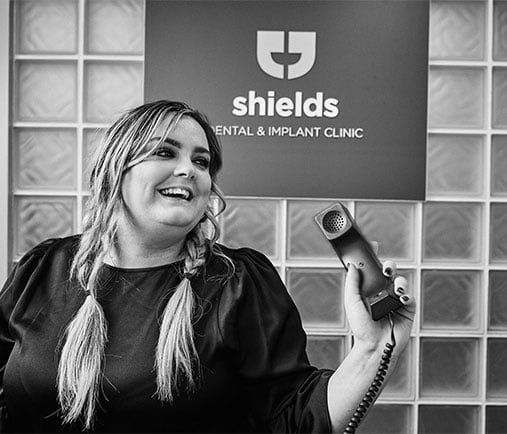
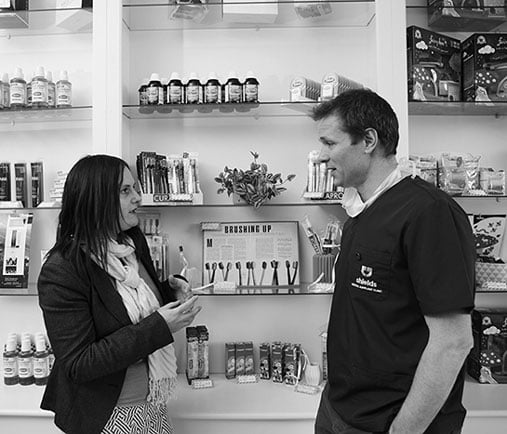
The right fit
for you.
Only an experienced dental professional can work out if your tooth requires a filling, crown, inlay or onlay. And our highly qualified professionals at Shields Dental Clinics are skilled and happy enough to identify the correct procedure for you.
FAQs.
Invisible Item
Why would I need an onlay restoration?
The most common reasons include:
- The tooth may have been weakened by having a very large filling, or extensive decay that has extended under one of the cusps (points);
- You may have a root filling that requires an onlay to protect it; or
- You may have a large mercury amalgam filling that you would like to remove to improve the appearance of the tooth.
What are onlays made of?
Originally, onlays were made of gold. Nowadays, they tend to be made of tooth-coloured materials, the strongest and most natural of which include zirconium/porcelain or pressed porcelain. Composite resin-based materials such as Belle-Glass are less expensive, but do not retain their appearance for so long.
How is the tooth prepared for an onlay restoration?
All decayed or weakened parts of the tooth are removed. The dentist then takes an impression of the prepared tooth, which, with details of the shade of the tooth, is sent to the dental laboratory. A temporary filling is placed in the tooth for the two weeks required for the dental technician to make the permanent onlay in the lab.
How noticeable is an onlay?
A pressed porcelain or zirconium/porcelain onlay would be virtually unnoticeable.
How is the onlay fixed to the teeth?
After the fit and appearance has been checked and approved by you, and the bite checked and perfected by the dentist, the onlay is cemented in place using a special dental cement.
What is the difference between an onlay and a crown?
A crown is a more involved procedure than an onlay. A crown is a porcelain cap that the dentist fits over a tooth.
First, they remove the old filling and any decay. Then, they have to remove even more of the tooth (the healthy part) so the crown fits on top.
With porcelain onlays, you have a solution that puts off needing a crown.
If you have a dental onlay installed to replace a broken cusp, you’ll get many years of use out of it. When it has finally been ground down, then a crown is a good way to restore the tooth the second time.
What is the difference between an onlay and an inlay?
What is the procedure?
Two dental appointments are usually required:
- Using a local anesthetic and after your tooth is numb, our dentists will remove the decayed or damaged portion to prepare your tooth for the onlay. At this time, they’ll take an impression of your tooth to send out to a laboratory to create the permanent restoration. A temporary onlay will be fitted to protect you until your follow on appointment.
- When your onlay is fabricated, your temporary onlay will be removed, tooth cleaned and the restoration fitted ensuring a good fit. After checking your bite, they will permanently bond the onlay to your tooth and polish it to match your natural teeth.
How should I look after my temporary onlay?
It’s a good idea to avoid eating until you regain sensation to prevent damaging your temporary filling or hurting yourself without feeling it.
Tips when caring for your temporary onlay:
- Avoid using flossing devices around the onlay so it’s not accidentally damaged or removed.
- Skip chewing sticky or hard items like gum, candy, nuts, or ice
- If it becomes dislodged or damaged, contact your Shields dental professional
- Pass on overly hot or cold food and beverages that could aggravate sensitive areas
- Brush your teeth gently twice daily for two minutes
Consider using antiseptic mouthrinse to help avoid problems with your gums.
Our
treatments.
From the regular check-up to the specialist and advanced treatments that are needed throughout life, we always use state-of-the-art equipment and latest recommended techniques.

Open 7 days*
Highly trained specialists and dentists
Your safety is guaranteed in our hands
Payment options
Technically advanced
Convenient locations
No obligation consultations
Find out what makes us different.
Recent Reviews.

SCR, Limerick, Shields Dental & Orthodontic Clinic
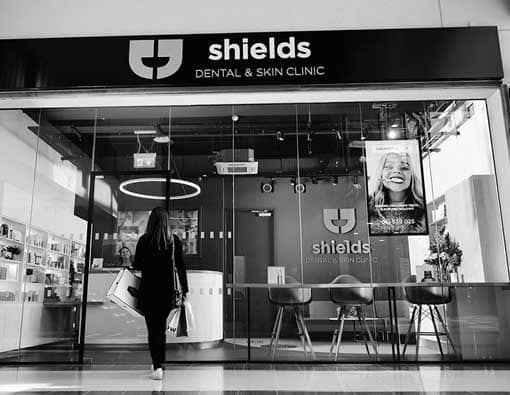
Castletroy, Limerick, Shields Dental & Orthodontic Clinic
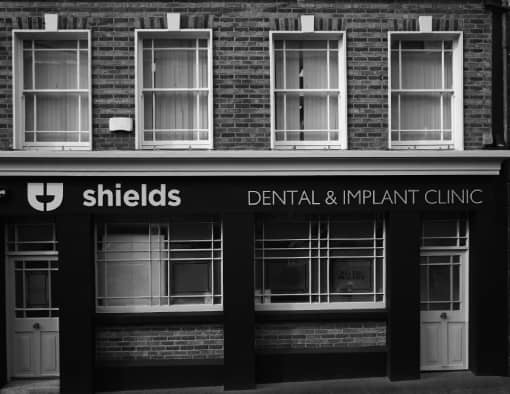
Roscrea, Tipperary, Shields Dental & Orthodontic Clinic

Blackrock, Dublin, Shields Dental & Orthodontic Clinic
Convenient
locations.
You don’t have to go to Beverly Hills to look good, you can go local. In convenient locations in Limerick, Castletroy, Roscrea and Blackrock Dublin. Comfortable but advanced, friendly but professional. Click on your preferred location in the menu or use the arrows to discover more.
You.
First.
Creating your perfect smile is important, but we believe your overall wellbeing is equal to your teeth and oral hygiene. That’s why we’re people first. Understanding what you want from your dental treatment to give the outstanding results you deserve.
